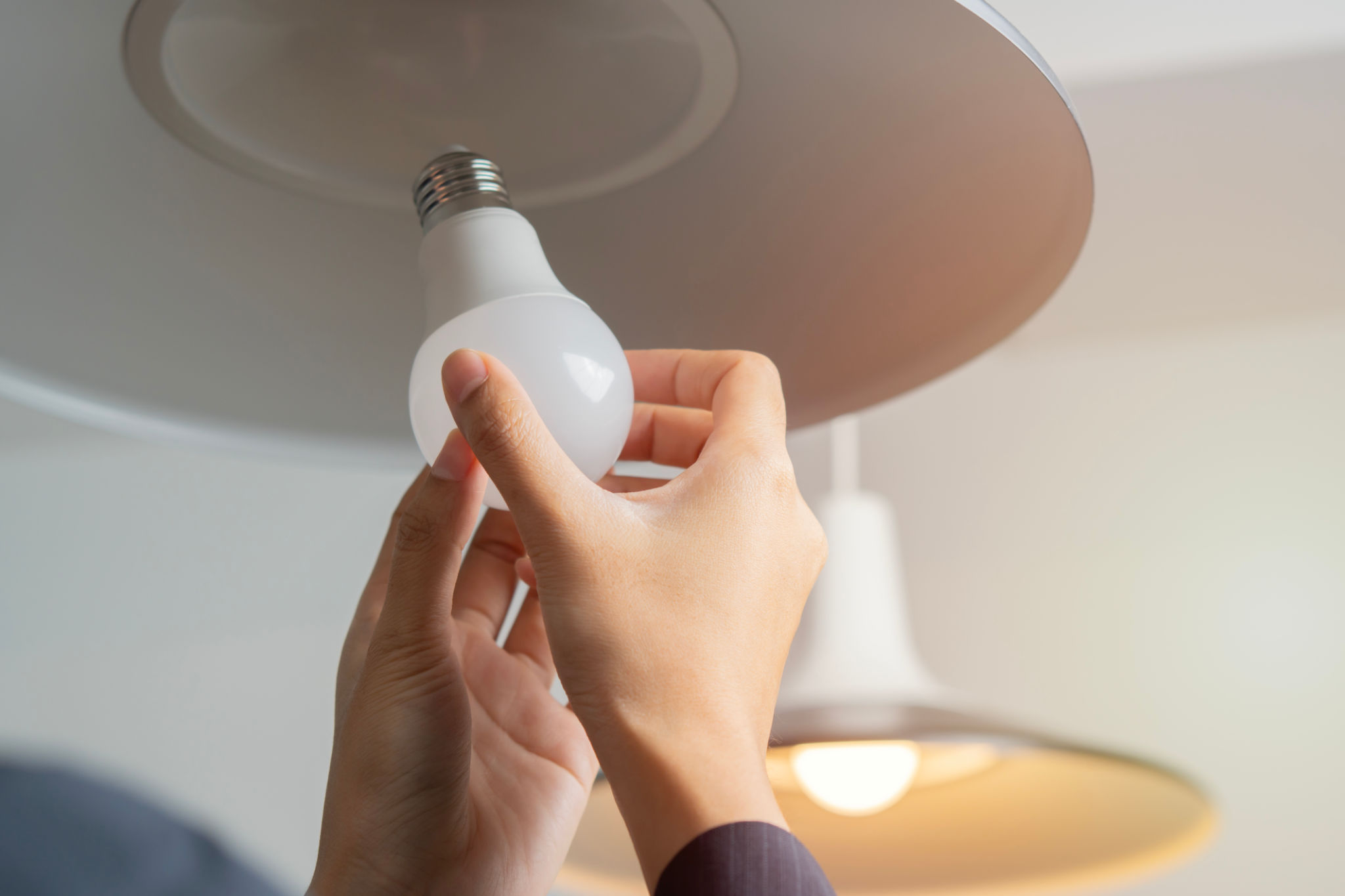DIY Energy Management: Simple Steps to Improve Building Automation
JH
Understanding Energy Management in Building Automation
Effective energy management is crucial for modern building automation systems. It not only helps in reducing operational costs but also contributes to environmental sustainability. With the rise of smart technologies, managing energy consumption has become more accessible than ever. By implementing some DIY strategies, you can significantly enhance the efficiency of your building's automation systems.

Conducting an Energy Audit
The first step to improving energy management is conducting an energy audit. This process involves analyzing the current energy consumption patterns of your building. An audit will help identify areas where energy is being wasted and provide a baseline for improvements. Start by checking your utility bills and monitoring energy use during different times of the day.
Once you've gathered enough data, look for patterns or anomalies in energy consumption. This information will guide your efforts in implementing efficient solutions. You can also consider using smart meters or energy monitoring software to automate this process and gain real-time insights.
Implementing Smart Thermostats
One of the simplest ways to manage energy efficiently is by installing smart thermostats. These devices allow you to automate heating and cooling schedules based on occupancy patterns and weather forecasts. Smart thermostats can significantly reduce energy waste by optimizing HVAC operation, ensuring comfort while minimizing unnecessary usage.

Moreover, many smart thermostats offer remote access through mobile apps, allowing you to adjust settings from anywhere. This feature is particularly useful for managing multiple buildings or spaces and ensuring optimal conditions at all times.
Upgrading Lighting Systems
Lighting is another area where significant energy savings can be achieved. Replacing traditional bulbs with LED lights can drastically reduce electricity consumption. LEDs are not only more efficient but also have a longer lifespan, which translates to lower maintenance costs.
Consider integrating lighting controls such as dimmers, timers, and motion sensors. These can be programmed to adjust lighting based on occupancy or natural light availability, further enhancing energy efficiency. Utilizing daylight effectively can also reduce the need for artificial lighting during daytime hours.

Optimizing HVAC Systems
Your HVAC system plays a crucial role in a building's energy consumption. Regular maintenance is essential to ensure it operates efficiently. Clean or replace air filters frequently, check for leaks in ductwork, and ensure proper insulation. These simple tasks can prevent energy loss and improve system performance.
Incorporating advanced controls like variable speed drives and demand-controlled ventilation can optimize your HVAC operations. These technologies adjust system output based on real-time demand, preventing unnecessary energy use while maintaining comfort levels.
Utilizing Building Automation Systems
Building Automation Systems (BAS) can integrate various building functions like HVAC, lighting, and security into a single platform. By leveraging BAS, you can automate energy-saving strategies and monitor performance across all systems in real-time. This centralized control helps in identifying inefficiencies quickly and facilitates informed decision-making.

Many modern BAS platforms come with analytics features that provide insights into energy usage patterns and suggest improvements. Investing in such systems can yield substantial long-term savings by optimizing the overall building performance.
Engaging Occupants in Energy Conservation
Finally, engaging occupants in your energy management efforts is crucial. Educate them about the importance of energy conservation and encourage practices like turning off lights when not in use or adjusting thermostats sensibly. Creating awareness can lead to behavioral changes that support your automation strategies.
Consider organizing workshops or distributing informational materials to keep everyone informed and motivated. When occupants understand the impact of their actions, they are more likely to participate actively in maintaining an energy-efficient environment.
